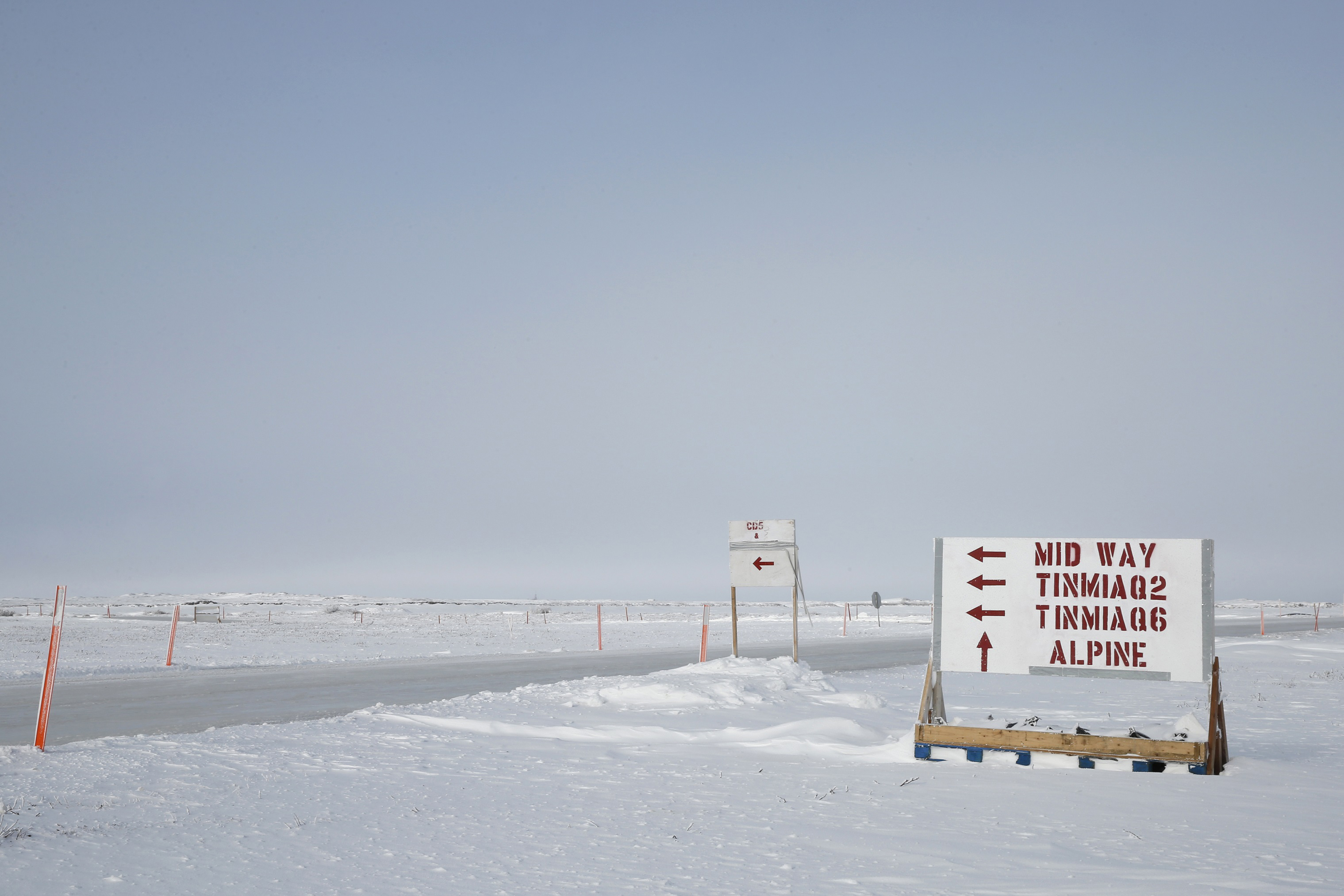Data from Alaska’s Arctic oil fields, worth millions of dollars, is about to be made public
The state of Alaska is planning to release a trove of seismic data from oil exploration surveys as early as mid-September that cost many millions of dollars to collect in an unusual step aimed at attracting new exploration on the North Slope.
The release of the seven seismic reports, associated primarily with past North Slope exploration, is required for projects that benefited from Alaska tax credits. The requirement was created in 2003, but seismic information can’t be released under the program until 10 years have passed since its collection.

The first-ever release under the program came in November. It included publication of a single seismic survey from the North Slope, known as Storms 3D, and covering a large area south of Prudhoe Bay.
The state hopes the information, including the upcoming release, leads to strong bidding at the state’s next lease auctions for Cook Inlet and the North Slope, said Mark Wiggin, deputy commissioner of the state’s Natural Resources Department.
The annual lease sales are expected to be held before year’s end.
“Some of these data sets are extraordinarily expensive to shoot” and companies will be anxious to get their hands on them, said Wiggin.
The information can expedite project development, potentially shaving off years because a key and costly step, collecting seismic information, has already been completed, he said.
Additional seismic surveys will be released in the future, after the 10-year deadline is triggered. The state subsidy in tax credits totals about $400 million for about 50 surveys over the years, Wiggin said.
The state, through the tax-credit program, often reimbursed companies for two thirds of their exploration costs.
The already released Storms 3D data covered a 400-square-mile area at a decade-old project that had involved ConocoPhillips.
The Storms data is available at the Alaska Geologic Materials Center in Anchorage. Interest in it has been “significant,” said Kurt Johnson, a geologist working at the center.
Wiggin said the Storms data helped facilitate drilling plans for an independent oil company known as Alliance Exploration. The company, listing its home as Nevada, acquired North Slope leases from a state sale in December 2016.
“The company used that data to develop drilling prospects that would support a drilling program as early as this winter,” Wiggin said.
Chantal Walsh, director of the state Oil and Gas Division, approved an application from Alliance on Aug. 23 to form a new unit southwest of Prudhoe Bay. The 7,500-acre Guitar Unit, previously called the Hemi Springs Unit, is located on state lands.
The company used the seismic data and information from past wells to identify targets in two reservoirs, its plan says.
Alliance has committed to drilling its first well before April 2019.
“If we can report some occurrence like this on every data set, we’d be very happy,” Wiggin said.
The batch of seismic information can be released as early as Sept. 15, according to the Oil and Gas division.
The seismic data consists largely of three-dimensional seismic surveys that are more expensive and detailed than two-dimensional ones.
Two of the 3-D surveys to be released cover sections of the National Petroleum Reserve in Alaska, near the site of three large discoveries announced over the last two years. The discoveries include ConocoPhillips’ Willow prospect that the company says could produce 100,000 barrels of oil daily.
In addition to the upcoming release of seismic data, the state will also publicize well data associated with an offshore Cook Inlet field where BlueCrest Energy has conducted drilling and hydraulic fracturing beneath the seafloor this summer.
All the data will be “extraordinarily interesting” to a lot of people, Wiggin said.